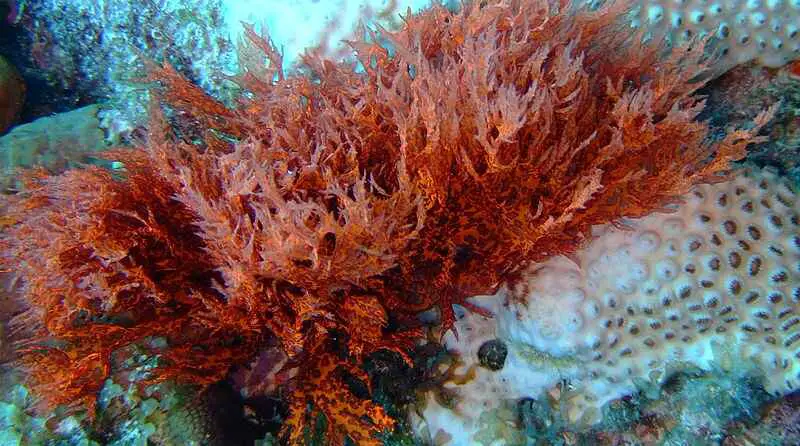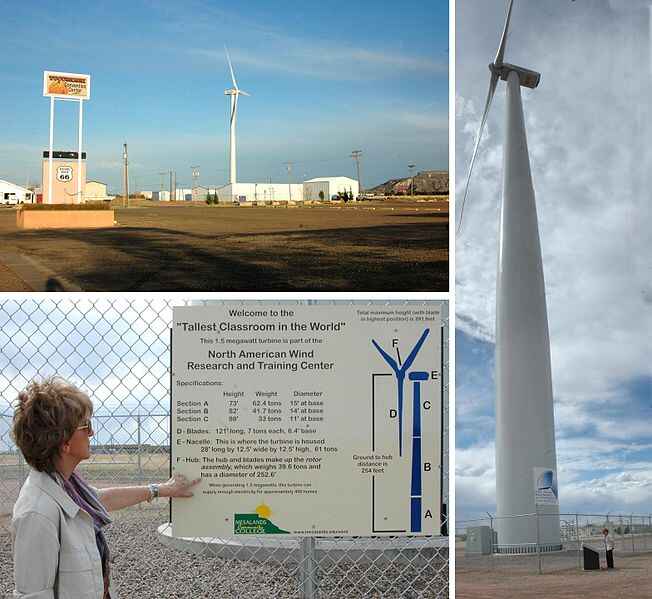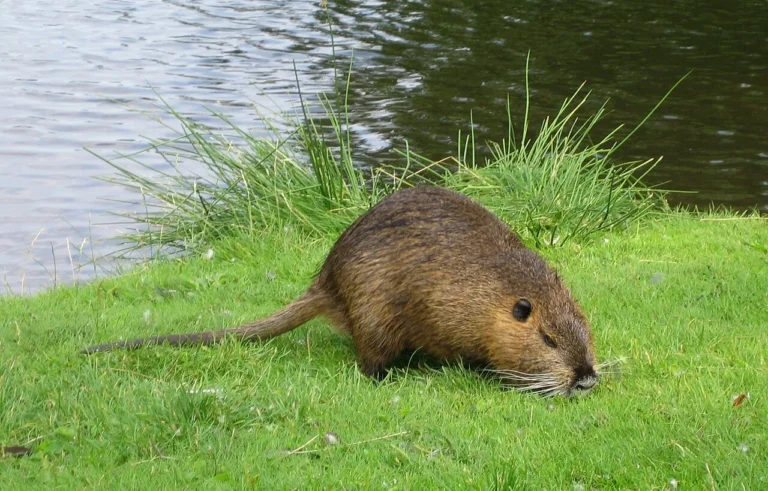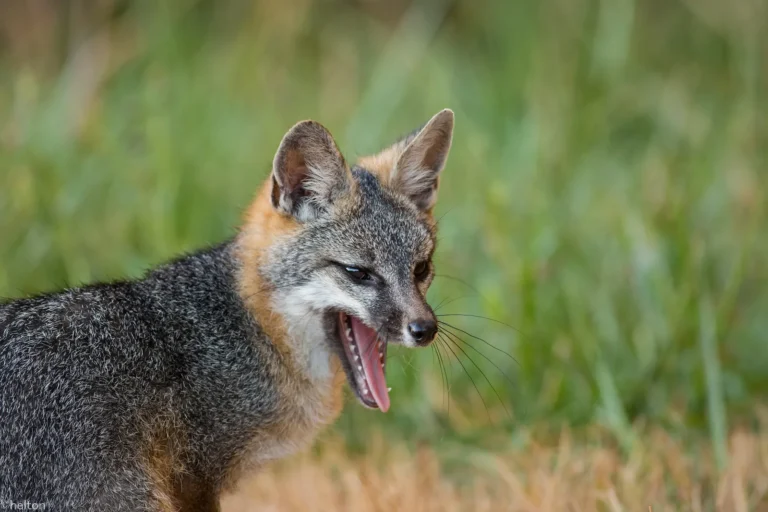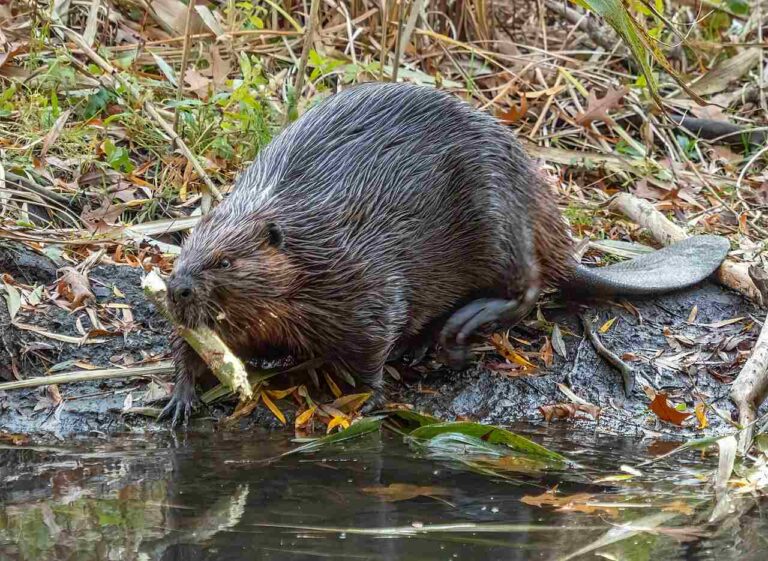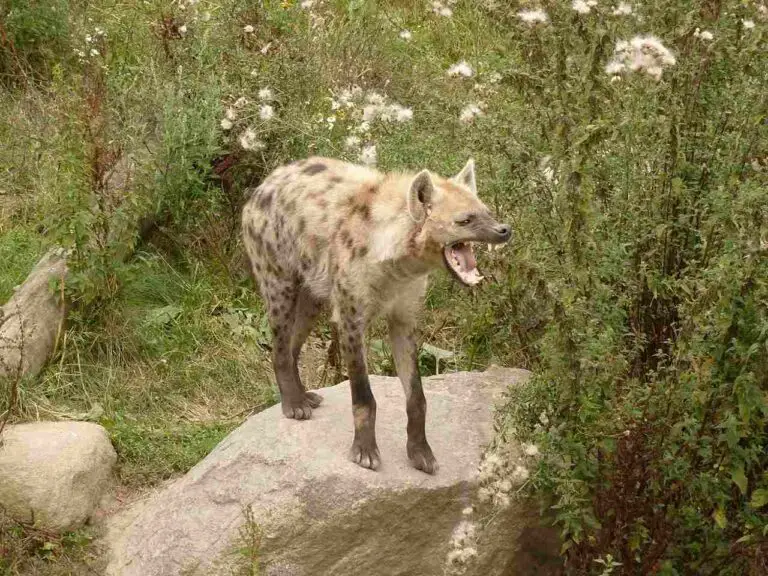5 Plants of the Marine Biome and their Features Discussed
Plants of the marine biome are; Chlorophyta (green algae), Rhodophyta (red algae), Sargassum (macro-algal seaweed) seagrass, and kelp.
This article discusses plants of the marine biome or ecosystem, and their characteristic features, as follows;
1). Chlorophyta (as an Example of Plants of the Marine Biome)
In marine biology, green algae refers to a group of mostly-microscopic plant organisms that are diverse in their cellular makeup, adaptive tendencies and physiology, and may be found in saltwater (and freshwater) ecosystems [5].
The biological name for marine green algae is Chlorophyta, which is a broad term covering nearly all aquatic and microscopic plants with photosynthetic pigments.
Chlorophyta is commonly known as green algae, because this term simplifies the description of microscopic, autotrophic plants. Not all organisms named under the Chlorophyta phylum are green in color, but all are capable of capturing solar energy and manufacturing their own food by the process of photosynthesis.
Characteristic features of Chlorophyta include; photosynthetic pigments, cellulose cell walls, unicellular and multicellular structures, colonial behavior, diverse physiology, and habitation of shallow-marine, freshwater and terrestrial (mostly coastal) zones.
The photosynthetic pigments in marine Chlorophyta are mostly chlorophyll-a and -b, while other pigments may occur in minority groups.
Examples of green algae found in marine water are: Chlamydomonas, Chlorella and Dunaliella.
Not all green algae are chlorophytes, as there are some which can be categorized separately as charophytes, although this group is restricted to freshwater aquatic environments [3]. An example of charophytes is Desmidiales.
Also, some non-plant marine organisms are often classified as green algae, because of their possession of photosynthetic pigment. An example of these organisms is cyanobacteria; which is a member of the biological kingdom called Monera, and share many typical characteristics with other kinds of bacteria [2].
Although their presence is prominent in the marine biome, most chlorophytes are freshwater dwellers.
As marine plants, chlorophytes are major autotrophic contributors that introduce bioenergy and biomass into the marine food chain [9].
2). Rhodophyta
Rhodophyta is a group of eukaryotic algae, also known as red algae, that can be found in aquatic ecosystems.
Unlike chlorophyta that is dominantly of freshwater habitat, Rhodophyta is a predominantly-marine autotroph, so that studies have estimated less than 3% of over 6,000 Rhodophyta species to be freshwater organisms [8].
Marine environments where the Rhodophyta autotrophs are most commonly found include equatorial and neo-tropical seas with significant levels of stored (hydro-)thermal energy which they use for their metabolism. They may however also occur in polar and temperate saltwater bodies.
Rhodophyta can occur at greater depth than Chlorphyta, due to their absorption of the blue portion of visible light (in the electromagnetic spectrum of solar radiation) that has a relatively long wavelength and penetration-capability. For this reason, autotrophs under the Rhodophyta category are more ubiquitous and widespread across the vertical profile of the sea, than green algae.
Biologically, rhodophytes are much different from chlorophytes, so that they are not always viewed as plants [6]. However, they have cellulosic cell walls like plants, and also play a key role as producers in the food chain and energy pyramid of the ocean.

3). Sargassum (as an Example of Plants of the Marine Biome)
Sargassum is a macroscopic brown algae that grows widely as seaweed in intertidal and subtidal zones [1].
Characteristics of Sargassum include possession of penumatocysts, asexual and sexual reproduction, and near-surface pelagic concentration.
Closely related to other brown algal groups like kelps, Sargassum constitutes a biologically-active micro-ecosystem by serving as refuge for various marine animals and plants.
Organisms that live in Sargassum biomass include invertebrates like sea turtles, crustaceans (like shrimp and crab), bryozoans; as well as vertebrates like fish [7]. These organisms depend on the brown algae for protection from water currents and predators, as well as for food. Sargassum is also a food source for semi-aquatic and non-aquatic marine organisms like birds.
The ecological role of Sargassum is mainly food and shelter provision, by which the plant serves as a breeding ground for many marine species.
4). Seagrass
Seagrass is a vascular aquatic plant with similar appearance to terrestrial grasses, and a geographic range that is mostly limited to shallow coastal zones in temperate and tropical regions.
Characteristics of seagrass include; pollinative fertilization, and possession of vascular features like leaves, stem and root.
Seagrass differs significantly from algae and requires anchorage in sediments. This partly explains why the plant is abundant around the shoreline, coast, and entire sub-tidal zone.
Adaptations that help seagrass survive in the marine biome include relative buoyancy; structural flexibility and resilience; elongate, streamlined profile; and autotrophic feeding.
Like Sargassum, seagrass can be considered a micro-biome because of its areal coverage and role as a refuge for other marine organisms [10]. Saltwater zones dominated by seagrass can therefore be described as seagrass-marine biomes [4].
5). Kelp (as an Example of Plants of the Marine Biome)
A kelp biome or forest is the micro-ecosystem formed by kelps, their associated organisms, and environmental, abiotic components. This micro-ecosystem may occur in saltwater bodies where kelps grow.
Interesting facts about kelp include their surface-dwelling behavior, colonial (clustering) growth pattern, and the existence of at least 30 different species.
Basically, kelps are a type of brown algae that grows in shallow coastal areas with low to moderate temperature and current-velocity.
Kelps survive in the marine biome by growing in large masses and finding anchorage in sediments to prevent destruction by water currents. They grow rapidly and can easily reach areal extents of more than a thousand square feet.
The importance of kelps to the marine biome can be traced to their role as a source of food to some herbivorous marine organisms, as well as refuge from harsh currents and predators.

Conclusion
Plants of the marine biome are;
1. Chlorophyta
2. Rhodophyta
3. Sargassum
4. Seagrass
5. Kelp
References
1). Dewinta, A. F.; Susetya, I. E.; Suriani, M. (2020). "Nutritional profile of Sargassum sp. from Pane Island, Tapanuli Tengah as a component of functional food." Journal of Physics Conference Series 1542(1):012040. Available at: https://doi.org/10.1088/1742-6596/1542/1/012040. (Accessed 16 April 2023).
2). El-Gamal, A. A. (2010). "Biological Importance of Marine Algae." Saudi Pharmaceutical Journal 18(1):1-25. Available at: https://doi.org/10.1016/j.jsps.2009.12.001. (Accessed 16 April 2023).
3). Holzinger, A.; Pichrtová, M. (2016). "Abiotic Stress Tolerance of Charophyte Green Algae: New Challenges for Omics Techniques." Front Plant Sci. 2016 May 20;7:678. Available at: https://doi.org/10.3389/fpls.2016.00678. (Accessed 16 April 2023).
4). Jayathilake, D.; Costello, M. J. (2018). "A modelled global distribution of the seagrass biome." Biological Conservation 226(12):120-126. Available at: https://doi.org/10.1016/j.biocon.2018.07.009. (Accessed 16 April 2023).
5). Kennedy, J. (2019). "Green Algae (Chlorophyta)." Available at: https://www.thoughtco.com/green-algae-chlorophyta-2291973. (Accessed 16 April 2023).
6). Kennedy, J. (2020). "What Are Red Algae?" Available at: https://www.thoughtco.com/red-algae-rhodophyta-2291974. (Accessed 16 April 2023).
7). Martin, L. (2016). "Pelagic Sargassum and its associated fauna in the Caribbean, Gulf of Mexico, and Sargasso Sea." Ocean Sciences Meeting, New Orleans, LA, USA. Available at: https://doi.org/10.13140/RG.2.1.4757.9285. (Accessed 16 April 2023).
8). Nan, F.; Feng, J.; Lv, J.; Liu, Q.; Fang, K.; Gong, C.; Xie, S. (2017). "Origin and evolutionary history of freshwater Rhodophyta: further insights based on phylogenomic evidence." Sci Rep. 2017 Jun 7;7(1):2934. Available at: https://doi.org/10.1038/s41598-017-03235-5. (Accessed 16 April 2023).
9). Tragin, M. Vaulot, D. (2018). "Green microalgae in marine coastal waters: The Ocean Sampling Day (OSD) dataset." Sci Rep. 2018 Sep 19;8(1):14020. Available at: https://doi.org/10.1038/s41598-018-32338-w. (Accessed 16 April 2023).
10). Wilson, C.; Wilson, P. S.; Greene, C. A.; Dunton, K. H. (2013). "Seagrass meadows provide an acoustic refuge for estuarine fish." Marine Ecology Progress Series 472:117-127. Available at: https://doi.org/10.3354/meps10045. (Accessed.16 April 2023).
